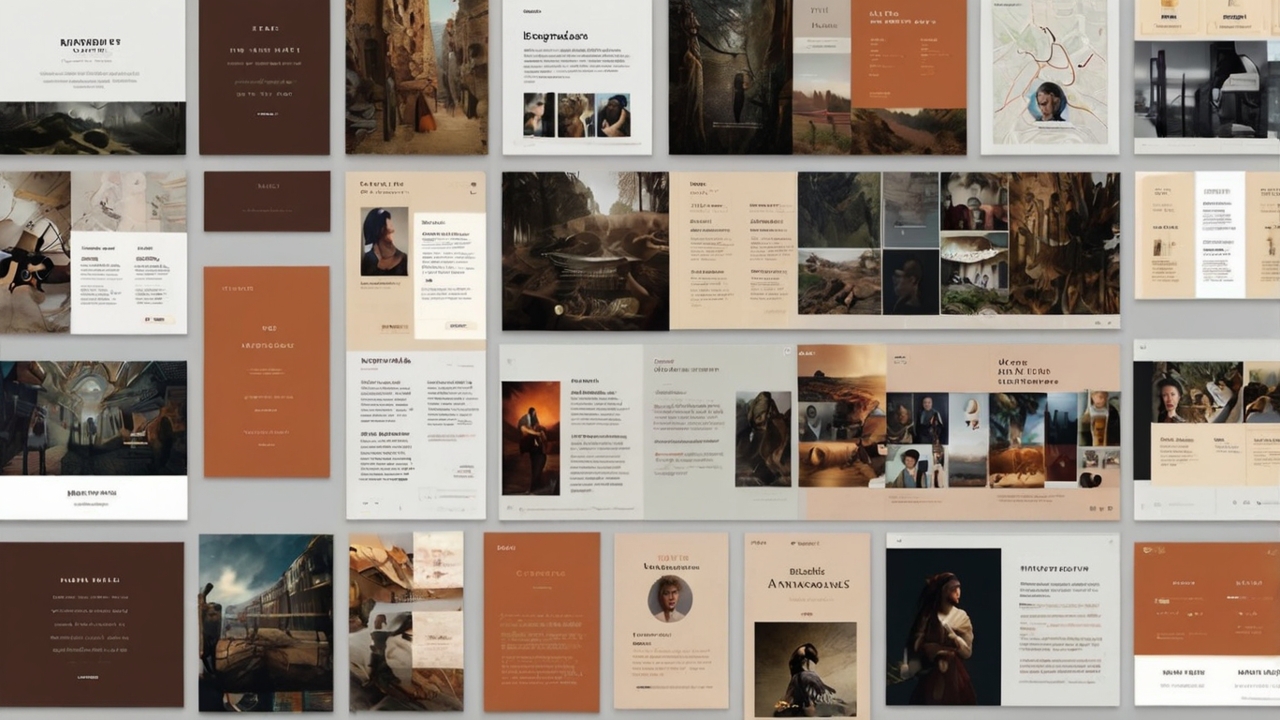In today’s fast-moving digital world, one-dimensional content just doesn’t hold attention the way it used to. Audiences crave depth, relevance, and choice—whether they’re reading blogs, watching videos, or exploring educational material. This is where the power of variety comes into play. “Your Topics | Multiple Stories” isn’t just a content structure—it’s a smarter way to present information in a world flooded with noise.
This article explores what this strategy means, why it matters, how it works in real-world applications, and how creators can use it to deliver compelling, personalized, and meaningful content. Let’s explore how a single topic can become a portal to many voices, experiences, and layers of learning.
What Is “Your Topics | Multiple Stories”?
At its core, “Your Topics | Multiple Stories” refers to a content model where one central theme is explored through a range of stories or subtopics. Instead of delivering a single piece of content per theme, creators group several related articles, videos, or experiences under one umbrella. This method creates a holistic and often multidimensional view of a subject. It’s not only efficient for content strategy but also deeply enriching for readers.
This approach is used by modern platforms like Medium, Substack, and Google News, where content is filtered by user interests and then delivered in varied, story-based formats. It’s the digital equivalent of a magazine spread—a collection of perspectives, tutorials, case studies, and real-life anecdotes around a shared subject.
Why Variety Matters More Than Ever
Today’s audience is well-informed and more selective than ever before. They’re not just searching for content—they’re looking for context, relevance, and diversity of thought. By offering multiple stories under one topic, you give users the freedom to choose what speaks to them most.
A variety-driven approach addresses different learning styles and interests. Someone might prefer a personal story, while another might want hard data or a how-to guide. When content creators offer more than one angle, they’re more likely to connect emotionally and intellectually with their audience.
How the Model Works in Real-Time
Let’s say your central topic is Remote Work. Instead of writing one long-form piece, a smarter route is to create multiple stories like:
- “How Remote Work Changed My Career Trajectory”
- “Best Tools for Remote Teams in 2025”
- “The Mental Health Side of Working From Home”
- “Interview with a Digital Nomad Family”
All of these stories serve different angles of the same umbrella topic. They can be interconnected through navigation menus, “related story” boxes, or visual tags. This not only improves readability but also increases the amount of time a reader spends on your site.
This method mirrors what major platforms do: Netflix organizes content by genre and themes, Spotify curates playlists around moods and topics, and Medium offers content based on topic interest, broken into articles, guides, and opinion pieces.
Key Advantages for Creators and Audiences
This storytelling method isn’t just great for readers—it’s also incredibly valuable for content creators, bloggers, and marketers.
1. Better Engagement:
Readers are more likely to stay longer when they’re given a rich selection of articles within a theme. Bounce rates drop and session times increase.
2. SEO Benefits:
When multiple pieces link back to the same theme or keyword, you build topical authority—a major factor in Google’s ranking algorithms.
3. Efficient Content Planning:
It allows creators to plan content in batches and repurpose ideas across formats. A blog post can become a podcast episode or infographic.
4. Organic Internal Linking:
Interlinking stories enhances site architecture and boosts the visibility of older or evergreen content.
5. Improved Reader Trust:
When people see you’ve covered a topic from different sides, they recognize you as a well-rounded and trusted source of information.
Tools and Techniques to Create Multi-Story Content
If you’re a creator or publisher looking to adopt this strategy, you don’t need complicated infrastructure. Start with your CMS (Content Management System). Most platforms like WordPress, Notion, or Ghost allow you to use categories and tags to group stories.
You can also:
- Use visual blocks to separate each story
- Highlight “related posts” in a sidebar
- Create landing pages for each topic that includes summaries and links
- Use tools like Canva or Figma for visual storytelling aids
- Incorporate video and podcast elements for multi-format delivery
And don’t forget to monitor performance using Google Analytics or Hotjar to see what types of stories are resonating with each topic.
Challenges and How to Handle Them
While multi-story formats are effective, they can be tricky to manage. Here’s what to watch out for:
Content Overlap: Avoid repeating ideas across stories. Every piece should have a clear, unique perspective.
Overwhelm: Don’t flood readers with too much at once. Guide them gently through your story collection.
Quality Control: Make sure every story, even the short ones, is valuable. Don’t publish just to fill a series.
Navigation Complexity: Design your layout in a way that’s easy to explore. Breadcrumbs, tags, and visual guides help.
Who Should Use This Format?
This method is especially helpful for:
- Bloggers who explore lifestyle, health, finance, or technology
- Brands running educational or resource hubs
- News platforms looking to deepen coverage on complex issues
- Educators breaking down subjects like history or science into modules
- Personal brands aiming to showcase expertise across topics
Whether you’re a solo creator or part of a larger team, “Your Topics | Multiple Stories” helps you present your work with structure and purpose.
Looking Ahead: The Future of Thematic Storytelling
We’re entering an era where personalized content curation is shaping the way users engage with information. AI will play a big role in delivering multiple stories under one theme tailored to an individual’s behavior and interest. Think: daily topic briefings, mood-based news feeds, or interactive content that evolves as users click deeper.
Meanwhile, creators will benefit from more intuitive platforms that automatically organize content by subject and relevance, helping readers dive into topics without needing to search manually.
The model of “Your Topics | Multiple Stories” will likely evolve into AI-enhanced, user-generated ecosystems where stories aren’t just consumed—they’re built and expanded together.
Conclusion: One Topic, Endless Potential
The real beauty of “Your Topics | Multiple Stories” lies in its simplicity and impact. A single idea can become a universe of experiences, lessons, and voices. It empowers readers to explore at their own pace and offers creators a clear yet flexible structure to share knowledge.
This isn’t about stuffing keywords or pushing content for the sake of quantity. It’s about creating something thoughtful, meaningful, and lasting. In a world that’s already crowded, variety is not noise—it’s value.
Also Read: Blog MobileCreativeOrg: Where Mobile Design Meets Creative Thinking



